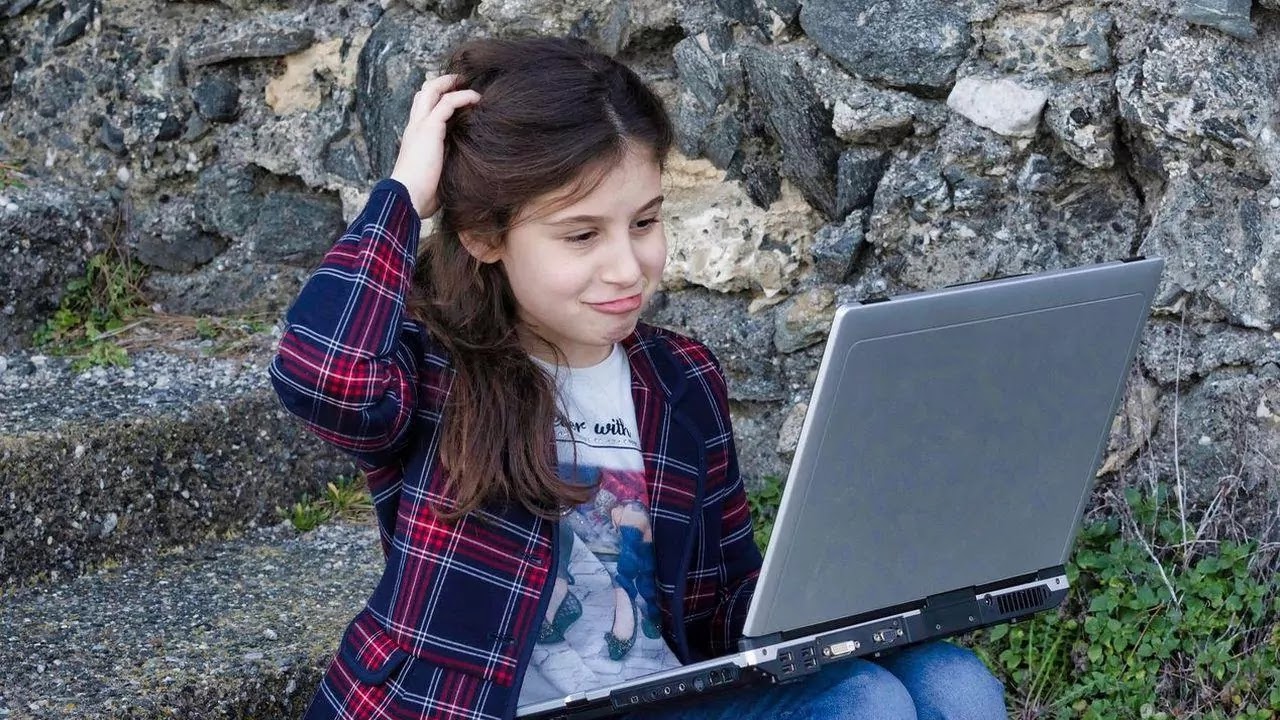In today's digital age, children are exposed to a plethora of technology and online tools, one of which is ChatGPT. ChatGPT is a language model developed by OpenAI that can respond to human input, making it a powerful tool for conversation and communication. However, as with any online platform, there are concerns about safety and appropriate use. In this article, we'll discuss how to ensure safe and positive interactions between children and ChatGPT.
Understanding the Risks
Before delving into the ways to make ChatGPT safer for children, it's important to understand the potential risks. As a language model that uses machine learning, ChatGPT has the ability to generate responses based on the data it has been trained on. This means that it may not always provide accurate or appropriate responses, and there is a risk that it may generate inappropriate or harmful content.
Additionally, ChatGPT interacts with users through text-based communication, which can be problematic for children who may not have the skills to interpret and navigate these interactions effectively. Children may be more susceptible to cyberbullying, online harassment, or grooming by predators.
Tips for Safe Interactions
Despite the potential risks, there are steps that parents and caregivers can take to make ChatGPT interactions safer for children. Here are a few tips:
Also Read:- Diablo 4: What We Know About the Final Beta Test and Upcoming Launch
- Proton Pass: The Newest End-to-End Encrypted Password Manager
-
Set Ground Rules: It's important to establish clear ground rules for children when using ChatGPT. Discuss the risks associated with online communication and set guidelines around what is and isn't appropriate to discuss with ChatGPT. It's also important to set limits on the amount of time children spend interacting with ChatGPT.
-
Monitor Usage: Parents and caregivers should monitor their children's ChatGPT usage to ensure that they are using it safely and appropriately. This may involve periodically reviewing the conversations they've had with ChatGPT, monitoring the sites and platforms they visit while using ChatGPT, and keeping an eye on their overall online activity.
-
Use Filters and Blocks: Many online platforms, including ChatGPT, offer filtering and blocking features that can help parents and caregivers control the content their children are exposed to. Parents and caregivers can use these features to prevent their children from accessing inappropriate or harmful content.
-
Talk to Children: It's important to have regular conversations with children about their online activity and interactions with ChatGPT. This can help parents and caregivers identify any potential problems and offer guidance and support as needed.
Benefits of ChatGPT for Children
Despite the potential risks, ChatGPT can also provide benefits for children. For example, ChatGPT can be a valuable tool for children who struggle with social skills or have difficulty communicating with others. ChatGPT can also provide a safe and non-judgmental space for children to explore their thoughts and feelings.
In addition, ChatGPT can be a fun and engaging way for children to learn. ChatGPT can provide answers to questions and offer insights on a wide range of topics, from science and history to literature and art.
So, ChatGPT can be a valuable tool for children, but it's important to take steps to ensure that interactions are safe and positive. By setting ground rules, monitoring usage, using filters and blocks, and talking to children, parents and caregivers can help children make the most of ChatGPT while staying safe online.
Read More:- XDefiant Closed Beta: How to Play, Schedule, Rewards, and System Requirements
- The Controversial World of Twitch: Understanding the Recent Bans and Boycotts
That's it for this article.
Thanks for Visiting Us – fixyanet.com



0 تعليقات